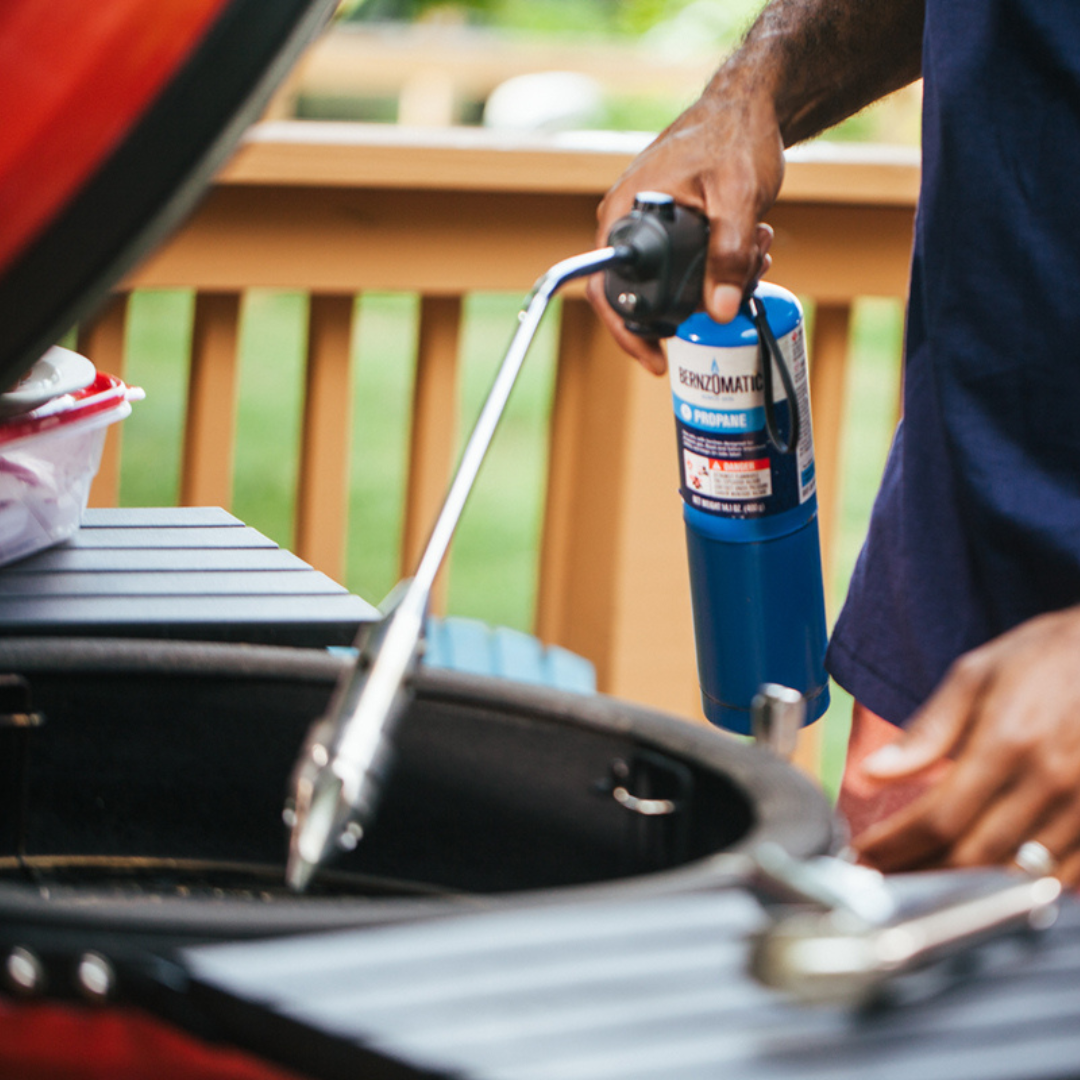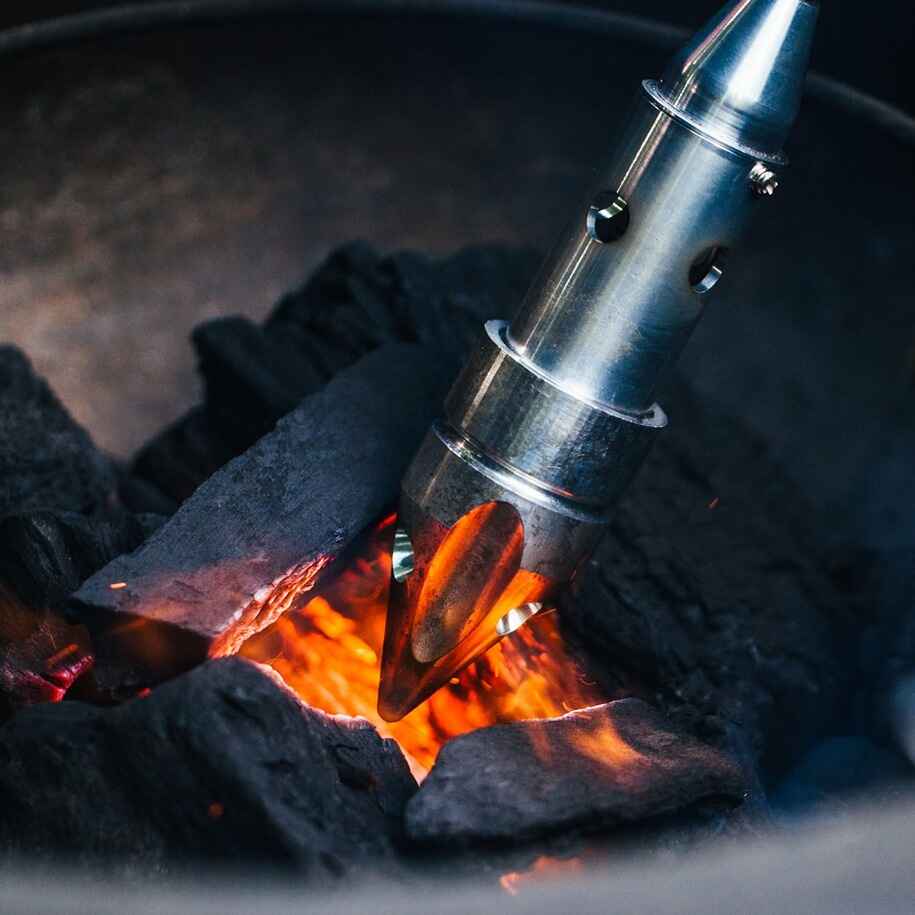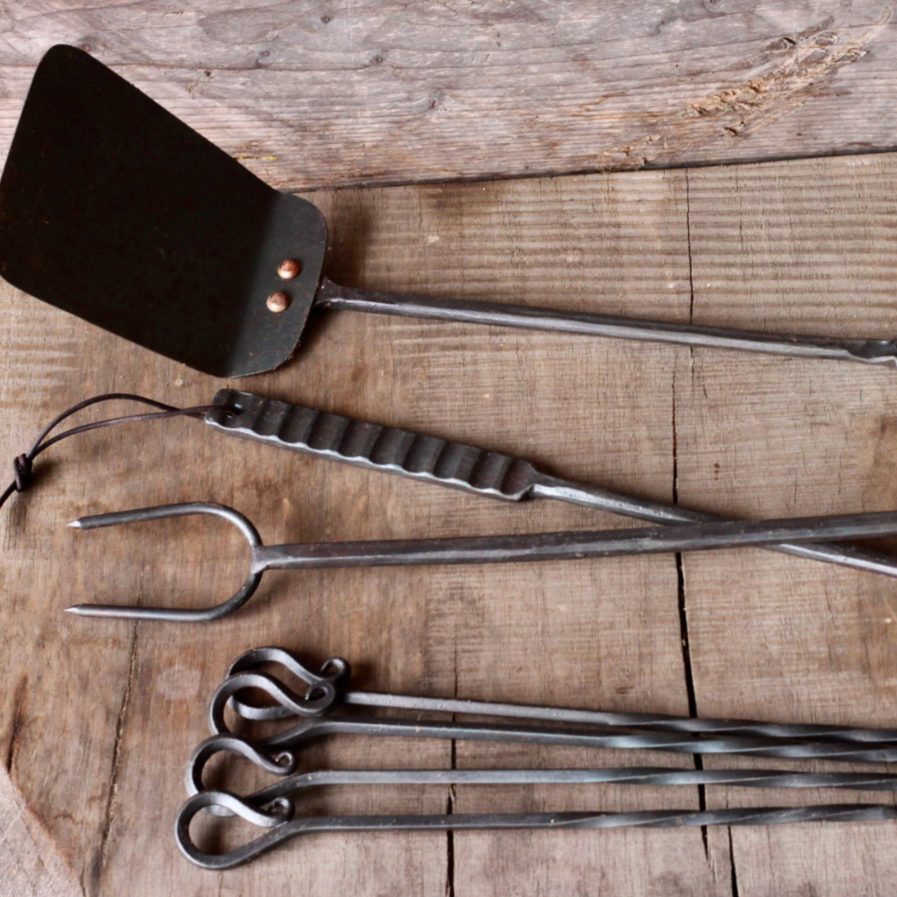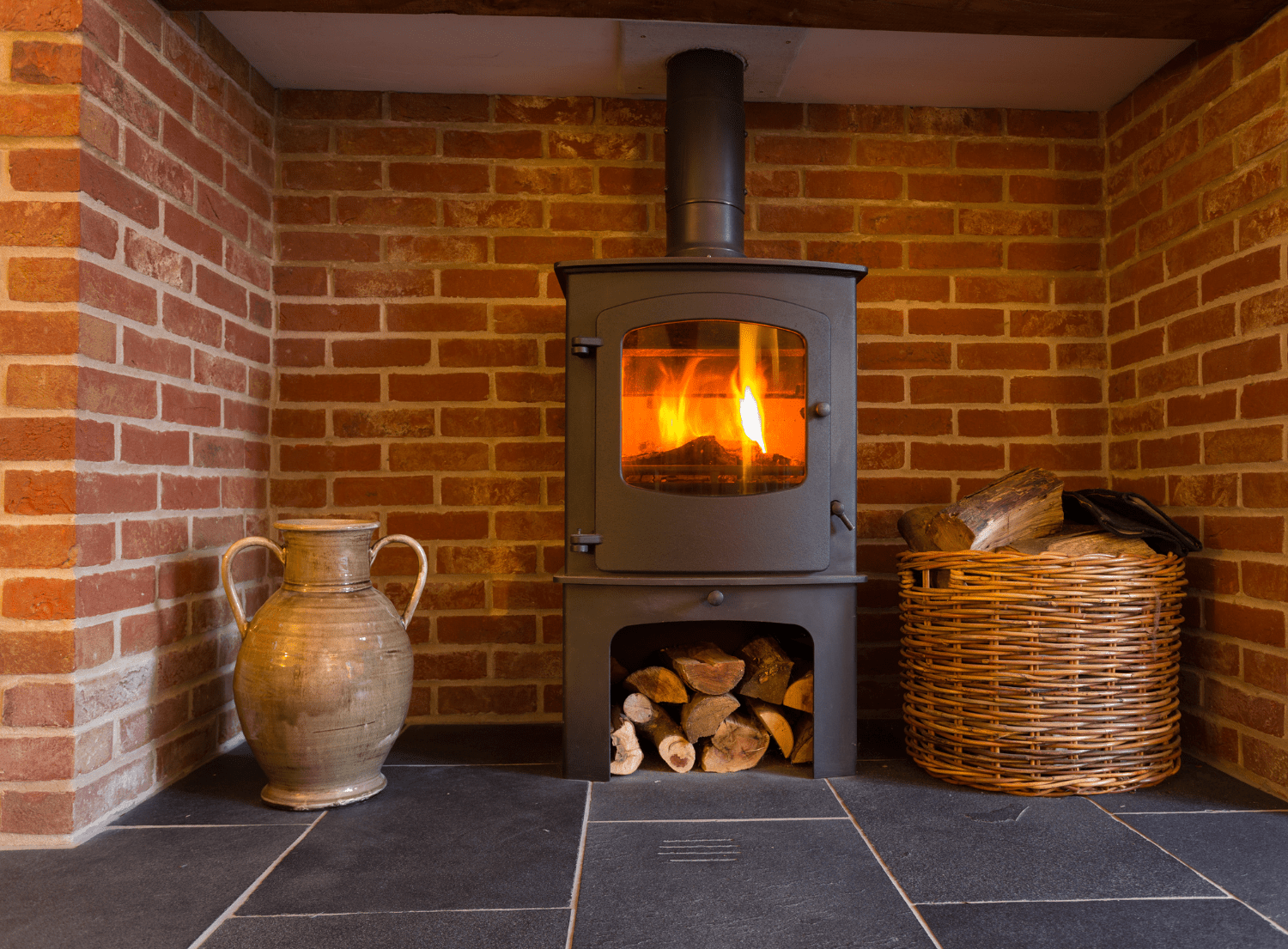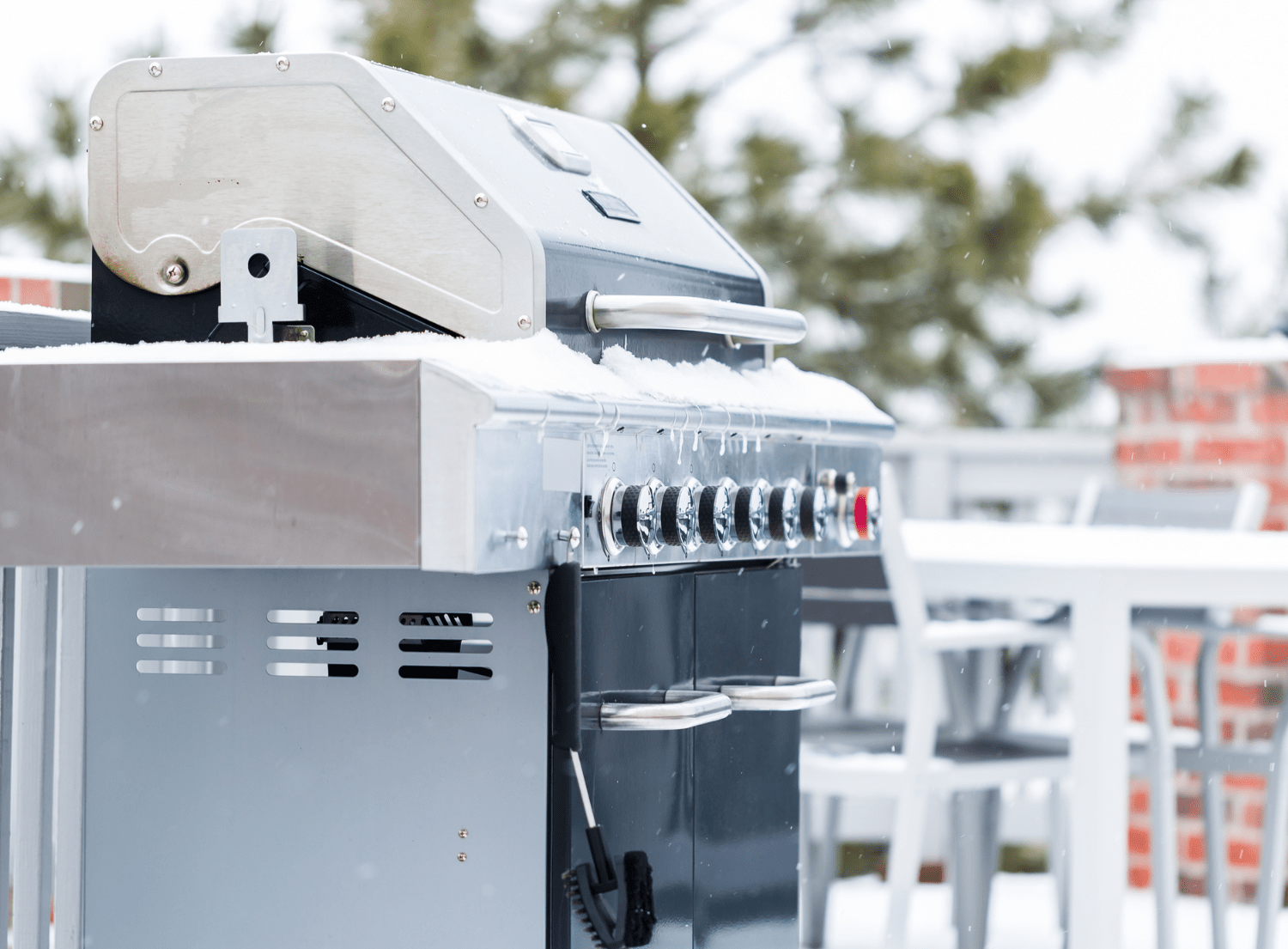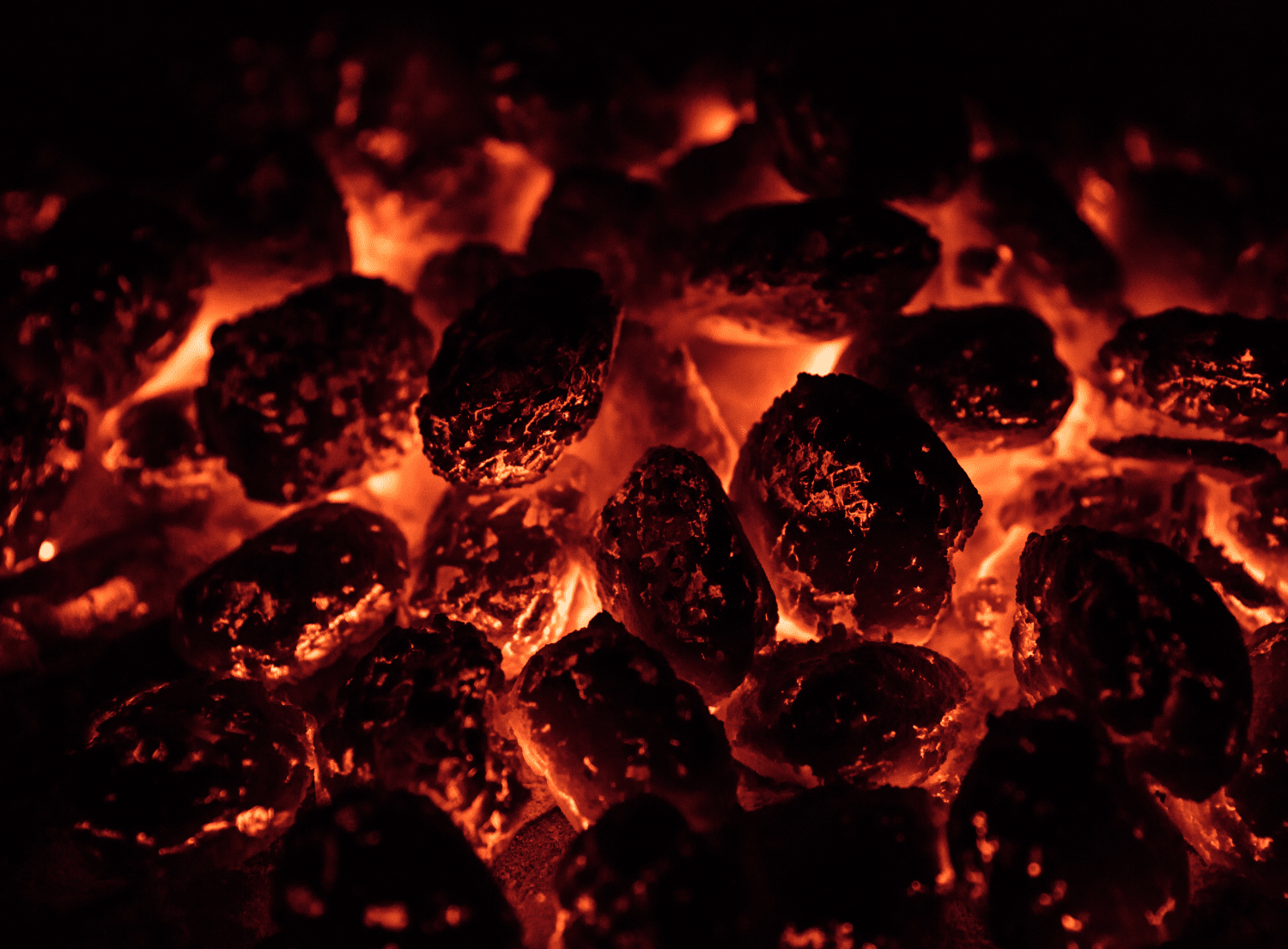Struggling with fires that fizzle out too soon? Longing for that cozy, all-night wood stove warmth? If so, you probably want to know how to keep a wood stove burning all night.
Wood-burning stoves serve as vital heat sources. Whether you rely on them to heat your home or only light them on cozy occasions, you want to make sure you can keep your fire burning for as long as possible. But when it comes to keeping a wood-burning stove alight, it's not just about the stove controls - it's about mastering the art of fire building.
In this comprehensive guide, we'll delve into the secrets of an enduring wood-burning stove and building the perfect fire. Read on to discover how to keep a wood stove burning all night so that you can enjoy uninterrupted sleep without the fear of waking up to a cold home.
Why Bother Keeping Your Wood Stove Burning Overnight?
There are many reasons why you might want to keep your fire burning overnight. To start with, keeping a wood stove burning overnight offers comfort, convenience, and a reliable heat source, especially during colder seasons or in case of emergencies. For example, a consistent overnight burn reduces the need to restart the fire in the morning, saving time and effort. In addition, by maintaining a steady burn overnight, you optimize fuel usage, allowing you to use less wood while keeping the stove efficiently heated. Finally, continuously keeping your wood stove burning ensures a stable indoor temperature. This can help prevent drastic drops that may affect comfort or risk freezing pipes in extremely cold climates.
How to Keep a Wood Stove Burning All Night Long
There's nothing like the crackling glow of a log fire, especially during dark and dreary winter nights. Here are our top tips on how to keep a wood stove burning all night and get the most out of your wood burner.
Remove Old Ash
Regularly clearing old ash from your wood stove not only creates space for a fresh fire but also ensures its cleanliness. Be sure to use heat-resistant gloves during this process to prevent accidental burns from hot coals. Before getting started, however, it's crucial to fully extinguish the fire before removal. When ash turns white, indicating it's burned out, it's time to remove it. For easy cleaning, a metal dustpan and brush work wonders. Once cleared, cautiously transfer the ashes to a metal container in case the remnants contain any hot coals. Opting for a small metal box increases safety as it helps contain any lingering heat. If you spot hot coals among the ashes, leave them in the stove for potential use in starting a new fire when needed.
Choose Quality Firewood for a Lasting Burn
Selecting the right firewood is fundamental for keeping your fire burning overnight. We recommend opting for well-seasoned wood, such as oak or maple, as it ensures a slow and consistent burn in your wood stove. Additionally, dry firewood with minimal moisture content is essential for preventing excessive smoke and ensuring an extended fire burn time.
Properly Arrange Logs to Optimize Burning Efficiency
Arranging logs strategically is a key factor in maximizing the burn time of your wood stove. We recommend preparing wood pieces measuring 4 to 6 inches wide for the firebox and placing them in an east-west direction. This facilitates improved airflow within the stove, aiding combustion. Begin with larger logs at the stove's bottom to establish a stable coal bed that supports sustained burning. Sequentially place each piece against the back of the wood stove firebox, ensuring a snug fit and nestling new pieces tightly among the older ones. Crossing the logs in a crisscross pattern promotes steady burning, ensuring a continuous release of heat throughout the night.
Build a Strong Foundation for a Lasting Fire
Initiate the fire by building upon a robust foundation of hot coals from the previous burn. The base of hot embers aids in igniting new logs efficiently and maintains consistent heat output. The arrangement of logs atop this coal bed encourages a gradual burn, ensuring a longer-lasting fire and minimizing the need for frequent refueling.
Maintain Proper Airflow for Controlled Burning
Regulating airflow within wood stoves is vital for managing burn rates. To do this, adjust air vents or inlets as needed to control the amount of oxygen entering the stove. A balance between air intake and fuel consumption prevents the fire from smoldering or burning too rapidly. Avoid completely closing air intakes, as it may lead to insufficient oxygen supply and reduced burn efficiency.
Ensure Adequate Heat Output for Sustained Warmth
Maintaining a substantial layer of hot embers is crucial for a consistent and prolonged heat output. We suggest regularly supplementing the fire with small, dry wood pieces to sustain the embers and prevent premature extinguishing. This practice ensures a steady warmth that lasts through the night without frequent intervention.
Clear Ash Buildup and Allow Space for Optimal Burning
Removing accumulated ash from the firebox is essential to prevent airflow blockage and maintain proper combustion. Ensuring adequate space within the stove allows for air gaps, facilitating consistent heat generation and efficient burning. This upkeep also prevents interruptions in airflow and sustains the fire's longevity.
Monitor and Maintain Safety Measures
Be sure to regularly check the fire's progress to ensure a steady burn, adjusting logs or adding wood when necessary. However, avoid overloading the stove with burning wood as this can smother the fire. As always, don't forget to prioritize safety by using heat-resistant gloves for handling hot materials and ensuring proper maintenance of the wood stove and chimney to prevent a chimney fire.
Lighting your Wood Burning Stove with Ease
The easiest way to ignite your wood-burning stove is with the RocketFire Torch. Offering unmatched convenience and efficiency, this innovative torch harnesses the power of a hot, concentrated flame to effortlessly light your stove. With its precision and power, the Rocket Fire Torch swiftly transforms wood stove ignition into a quick, hassle-free task.


